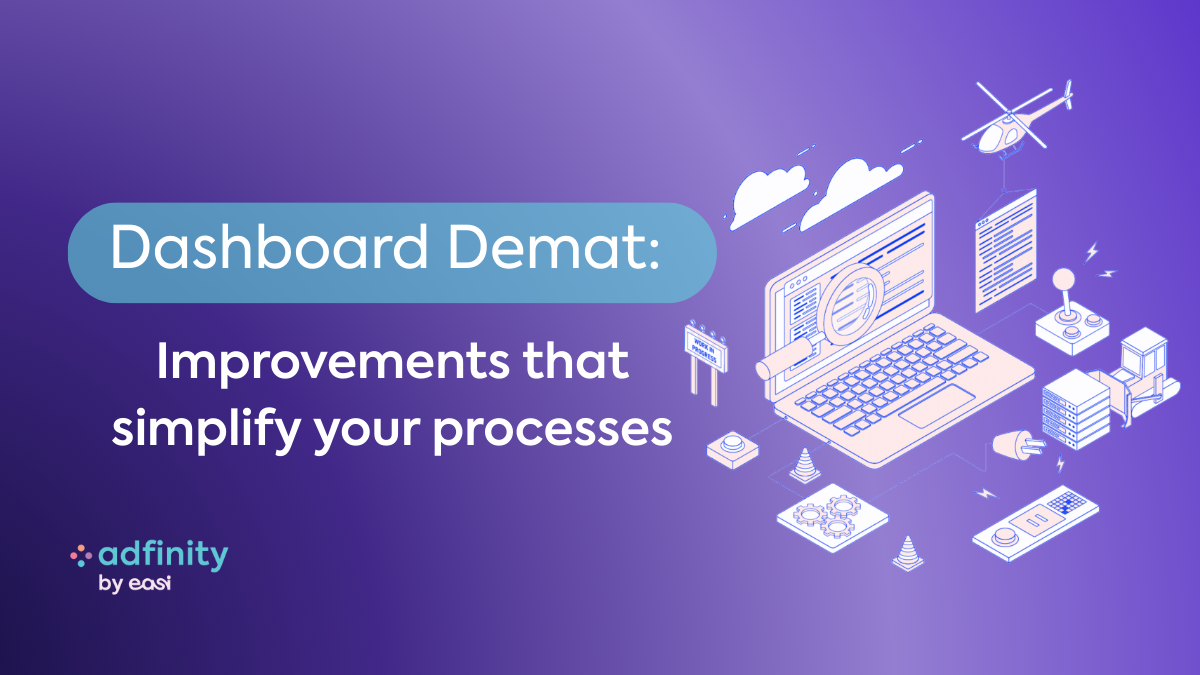SD-WAN is not just another buzzword. It is also a big opportunity, whose evolution/transition is in full swing/has been put in motion. I will explain it all here.
If there was an award for the IT buzzword of the year, SD-WAN would surely be one of the nominees. That’s why I will first explain what it is.
SD-WHAT?
SD-WAN or Software-Defined Wide Area Network offers companies an intelligent way to connect users and various business locations to their Wide Area Networks while maintaining flexibility between types of connectivity.
WAN
Simply put, a WAN or a Wide Area Network could be used to connect users with applications that were centrally hosted on a server or in a datacentre. Within companies, work is usually carried out through private networks (VPN’s) to guarantee the safety and reliability of that connectivity. Today, however, we can see a clear shift to the cloud, and employees are no longer working from the business location or the campus.
Nowadays, companies often use SaaS and infrastructure-as-a-service (IaaS) applications in several cloud environments. This presents real challenges to IT departments. Often, their existing WAN networks are not ready for the complex management of these connections. In addition, this type of connections that are used by employees as well as partners, sales staff and guests can make business data vulnerable or cause compliance problems.
SD-WAN
Enter SD-WAN, or Software-Defined Wide Area Network. This new approach to network connections enables you as a company to connect your various business locations to their WAN network in a smart way. As a result, the company can deal more flexibly with the types of connectivity and the providers delivering them, while maintaining the performance and safety of a private network. This new network model that is called SD-WAN therefore not only improves the user experience, but also offers a solution for the flexibility as well as the optimisation of your WAN. Moreover, this also allows for greater cost efficiency, as every available line is actively used for SD-WAN (where there often used to be a 'passive' back-up line). Note that this does not mean that SD-WAN is cheaper by definition. It does mean, however, that the budget is used in the best possible way.
What are the best-known advantages for companies that start working with this new network model?
- They can respond more flexibly and faster to needs when they want to connect a new location to their WAN network, as all types of connectivity can be used (including 4G, for example)
- They can combine various types of connectivity (including the cheap variants) to establish a highly reliable connection to the WAN
- They can make use of dynamic load balancing and route their network traffic in a smart way according to the availability and performance of their network lines, as SD-WAN will constantly be analysing what the best way of routing the traffic is at that specific moment.
SD-WHO?
For who, then, is SD-WAN of interest? Well, as we said, the traditional WAN architecture is a private, closed network between enterprises, branches, and datacentres. As soon as you start working with SaaS or IaaS applications in the cloud in your organisation and traffic on the Internet explodes, it is interesting to take a look at SD-WAN.
Companies with several sites are often increasingly looking for greater flexibility for their data network. Due to the rise of working from home and applications such as Teams, sending data over the Internet becomes ever more important. SD-WAN makes it possible to share specific data safely via the Internet while managing a private network on the other hand. This also enables them to build up their network more redundantly.
Buzzword or opportunity?
Although we see in the market that the SD-WAN transition is fully under way, we notice at EASI that not all companies can/want to start working with it yet.
For now, we can tell you that this varies for each case, so be sure to read our next blog in which we will talk in more detail about whether SD-WAN really is THE NEXT BIG THING.





